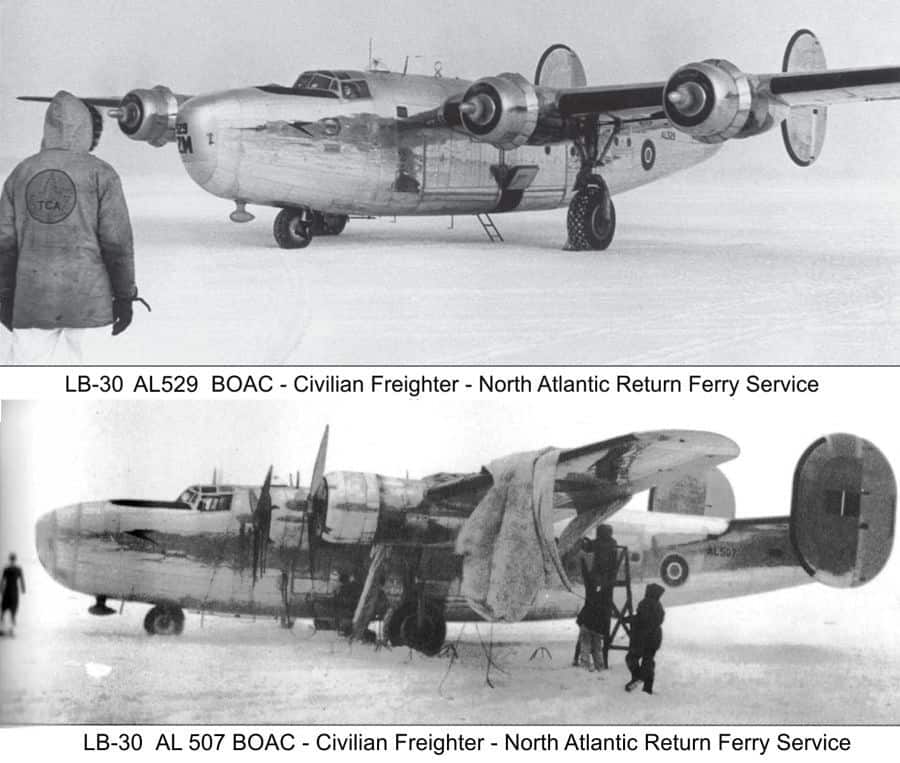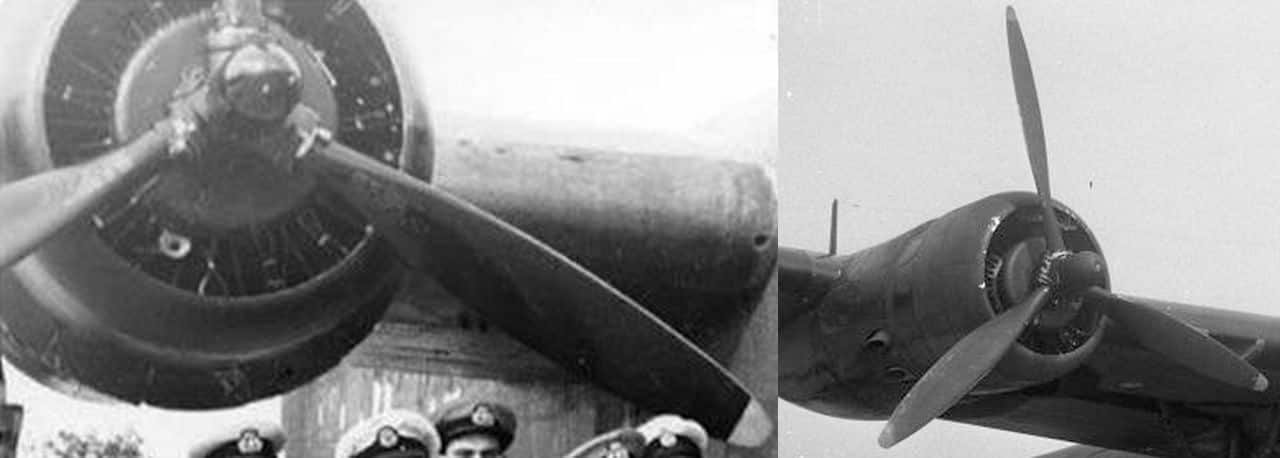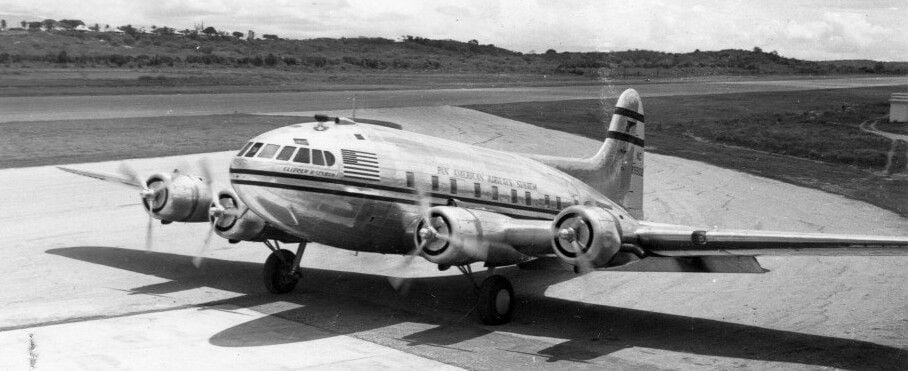Identification Please
Thread Starter
Identification Please
Behind the props of the below snaps there is a circular piece of structure, any idea of its purpose? Have seen suggestion that it may be part of a slinger ring arrangement for prop deice but no one is sure.




You wouldn't need a diameter that large just for a slinger ring to distribute deiceing fluid, so I would guess at a mod to keep the cylinder temperatures up in cold climates. +1 for winterisation mod.
Well, it may have something to do with the engines. We are all used to seeing the Lib with the turbo charged R-1830-41.
I think the aeroplane in the photograph is using a mechanically charged R-1830-33, the difference being noticeable by the shape of the engine cowling, the turbo unit cowlings being elliptical.
The early Libs also had Curtis electric blade pitch change motors in a longer hub, whilst later ones had Hamilton Hydromatic pitch change.
With this in mind, it may just be a back plate for a missing ‘spinner’.
I think the aeroplane in the photograph is using a mechanically charged R-1830-33, the difference being noticeable by the shape of the engine cowling, the turbo unit cowlings being elliptical.
The early Libs also had Curtis electric blade pitch change motors in a longer hub, whilst later ones had Hamilton Hydromatic pitch change.
With this in mind, it may just be a back plate for a missing ‘spinner’.
The LB-30 engine installation is very similar to Catalinas and DC-3s and was used early in WWII if my memory is correct. The notion of fitting a large spinner to a radial engine installation had not taken off by then, so I would not guess it to be related to that.
Thread Starter
The installation is to be found on a few aircraft of the period, the Boeing 307 springs to mind. After writing the previous sentence a search produced the below photo which had the caption "Pan Am Boeing S-307 Stratoliner NC19902 Clipper Rainbow with blanking plates installed on engines to prevent engine over-cooling.TWA aircraft were fitted with cowl flaps, to adjust engine cooling air, while Pan Am aircraft had fixed cowling rings without cowling gills. When operating in cooler conditions, the Pan Am aircraft could be fitted with a blanking disk that covered part of the front of the engine". I think the answer has been found. Thank you all.







